An Expert Guide To Teenage Skin
Follow Your Teen’s Lead
“One of the questions I’m asked most often is: when should teenagers start a skincare routine? The answer depends on their needs. It’s important to start when your teenager shows an interest. Ideally, your teen should develop a routine when they go through puberty as this is when sweat, sebum production and a general need for personal hygiene becomes more relevant, so roughly around the age of 12-13.” – Dr Justine Kluk, consultant dermatologist
Keep Skincare Simple
“Simplicity is key for teenagers. They have other things going on – from exams to first relationships – so a skincare routine shouldn’t add extra pressure. Keeping it low maintenance also means teenagers will engage with it more and stick with it in the long term.” – Dr Justine
“Teenage skin can be prone to more oiliness and breakouts, but skin at this age is sensitive, too. That’s why a basic routine reigns supreme. Teenagers are introduced to trends and ingredients on social media now that can cause unnecessary experimentation. It’s important to keep it simple and avoid using too many products at once – too much will only lead to irritation and potentially cause issues like contact dermatitis.” – Dr Alexis Granite, CeraVe consultant dermatologist
Try A Few Key Steps
“The less faff the better. Typically, a routine for your teen should be a quick morning cleanse, then a treatment, like a serum, that targets individual needs – be it hydration or breakouts. They should then follow up with an SPF that doesn’t block pores (one that’s non-comedogenic) and leave it at that. At night-time, remove make-up with a gentle cleanser and follow up with a gentle moisturiser to seal in hydration overnight.” – Dr Justine
Treat Breakouts Differently
“A double cleanse at night is essential to get rid of dirt and build-up, as is using non-comedogenic products – like CeraVe’s cleansers – to keep skin clean and smooth. It’s important skin doesn’t dry out either. It’s a myth that those suffering with breakouts should try to dry skin out – doing so actually it triggers an overproduction of oil, causing more inflammation. Instead, ‘treat’ the spot but keep it hydrated. Hydrocolloid patches can help ensure spots are not picked at while blue LED light reduces inflammation and potentially clears up spots more quickly – there are some teen-friendly devices worth checking out, like FOREO’s. If your teenager finds over-the-counter treatments aren’t working, seek help from a medical professional. This is especially important if your teen has evidence of scarring or cystic, bumps of acne.” – Dr Alexis
Seek Out Certain Ingredients
“Niacinamide is one of my favourite ingredients for younger skin. It does a bit of everything but specifically takes down inflammation in a gentle way. Salicylic acid is also a great ingredient for oily, blemish-prone skin as it gets rid of build-up and dissolves dead skin cells. The only thing to note is it’s best applied to localised areas in low concentrations – like a spot treatment that can be dabbed on. This is due to concerns over its link to Reye’s Syndrome, but this is only when it’s applied in large quantities and to large areas of skin. If your teenager suffers with dryness, try creams and serums that contain glycerin and hyaluronic acid. For normal skin, my advice is don’t fuss. Your teenager only needs to cleanse, moisturise and apply SPF if they don’t suffer specifically.” – Dr Justine
“I recommend ceramides too. They are suitable for all skin types and provide a hefty dose of hydration without any congestion. Try azelaic acid too if it’s needed – this if often used in serums to gently diminish blemishes and improve discolouration within the skin.” – Dr Alexis
Avoid Products That Strip
“Make sure your teenager isn’t stripping their skin or trying too many products at once. I recommend they stay away from products that include alcohols as these dry the skin out – the same goes for essential oils which can aggravate skin.” – Dr Alexis
“I advise teens not to overcomplicate their routine. Avoid using lots of active ingredients all at the same time – just pick one or two and only change or add something in if necessary. Take TikTok hacks with a pinch of salt, too. These may come from a well-meaning place, but unless those advising have training or qualifications in skin health, they shouldn’t be taken seriously.” – Dr Justine
Educate On SPF
“SPF should be worn from an early age and especially between March and September when UV levels are high. It’s important you drum this into your teenager. It’s less about preventing skin ageing and more about reducing their risk of sun burn and future skin cancers. For instance, one blistering sunburn in childhood or adolescence more than doubles your chances of developing melanoma later in life. Skin damage also accumulates over time, so application needs to be thorough and layered onto all areas of exposed skin.” – Dr Justine
Finally, Always Check In
“Above any product or ingredient, it’s important you make a habit of talking to your teen about their skin. Breakouts, bumps and inflammation are so common and when I treat these issues, I often see them in a teenager who has low self-esteem. Take the time to speak to them once a month and ensure their feelings are balanced. It’s also important to get your child into the habit of checking moles and birthmarks early on. Get them to check whether they’ve changed in size, appearance, or behaviour regularly.” – Dr Justine
Follow @DrJustineKluk & @DrAlexisGranite for skincare tips & advice.
SHOP THE EXPERT’S TEEN SKIN PICKS
DISCLAIMER: We endeavour to always credit the correct original source of every image we use. If you think a credit may be incorrect, please contact us at info@sheerluxe.com.
All products on this page have been selected by our editorial team, however we may make commission on some products.
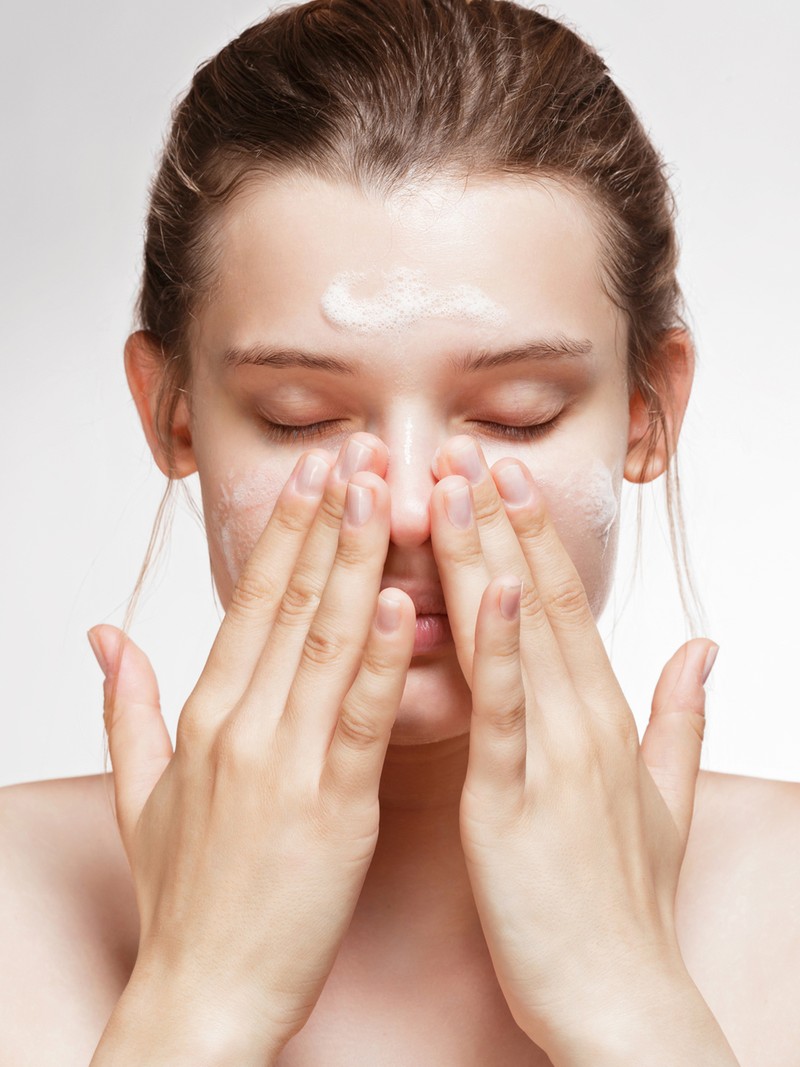
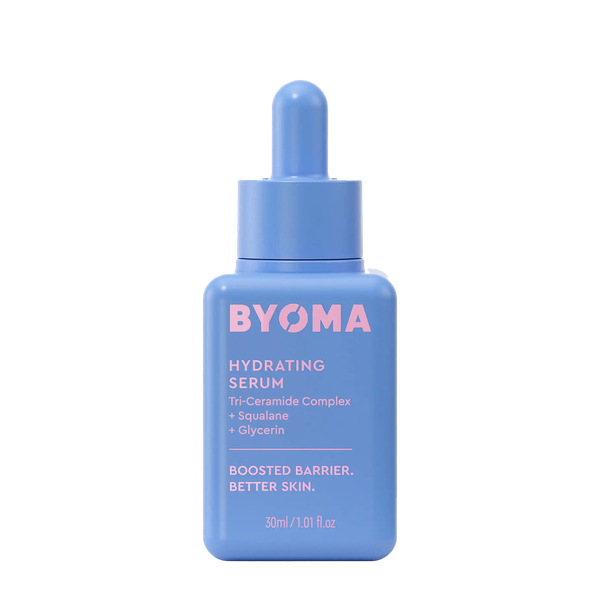

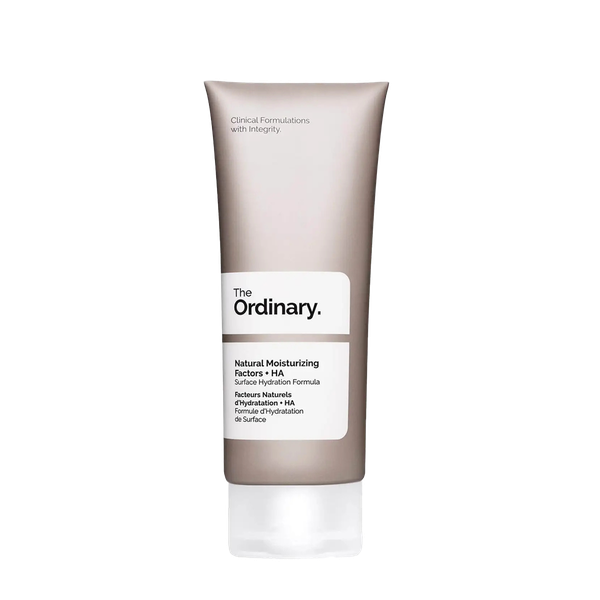
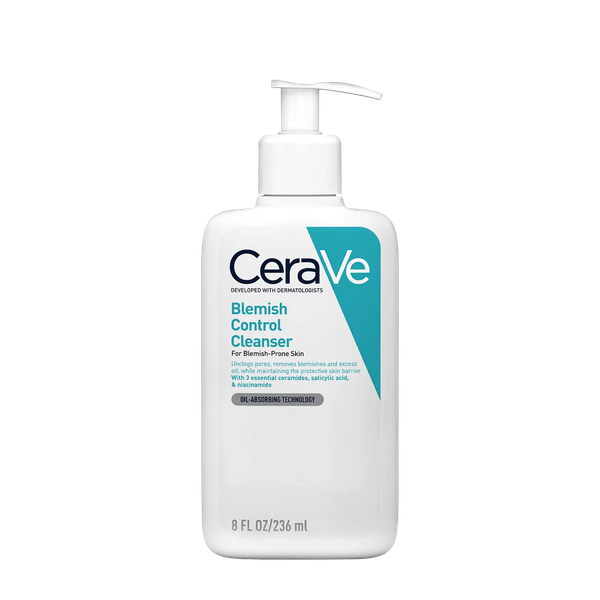
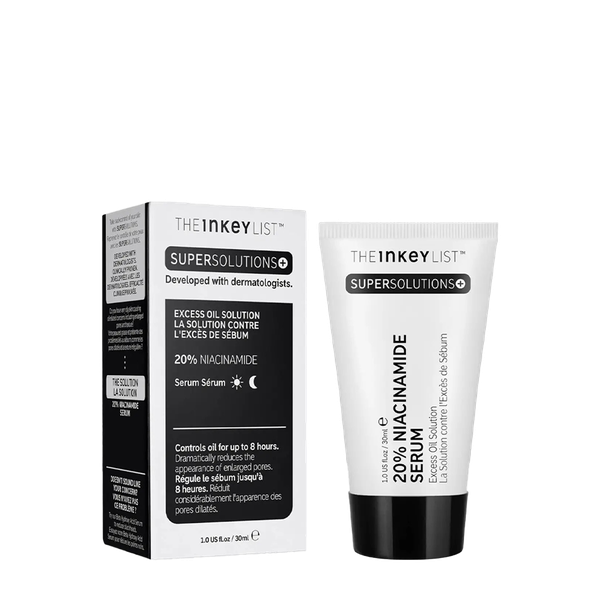
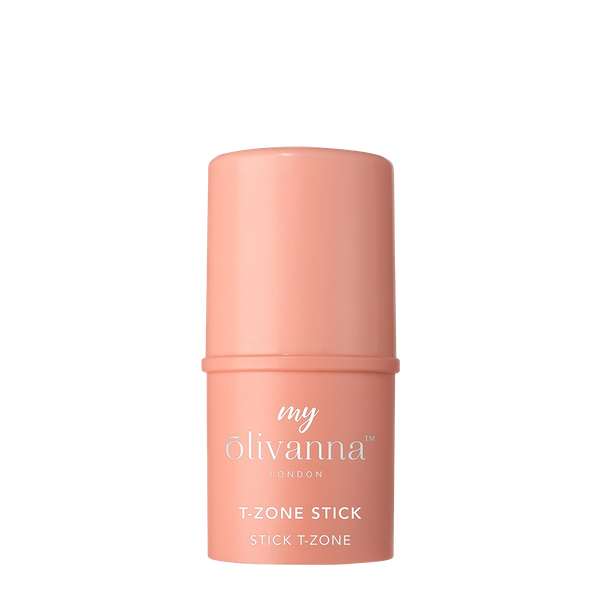
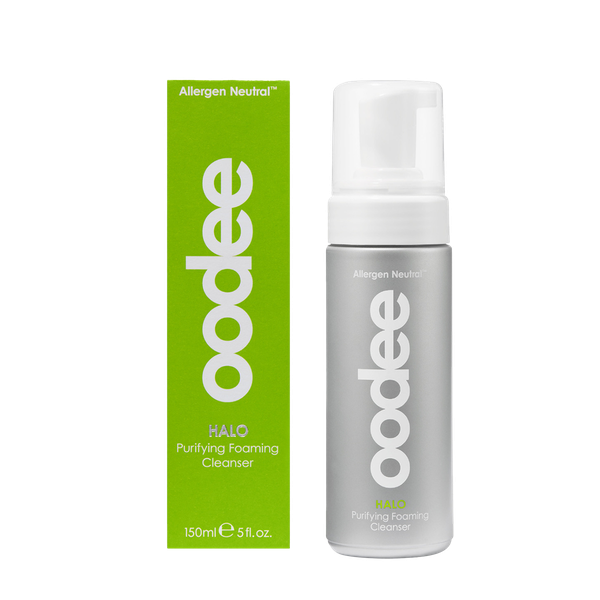
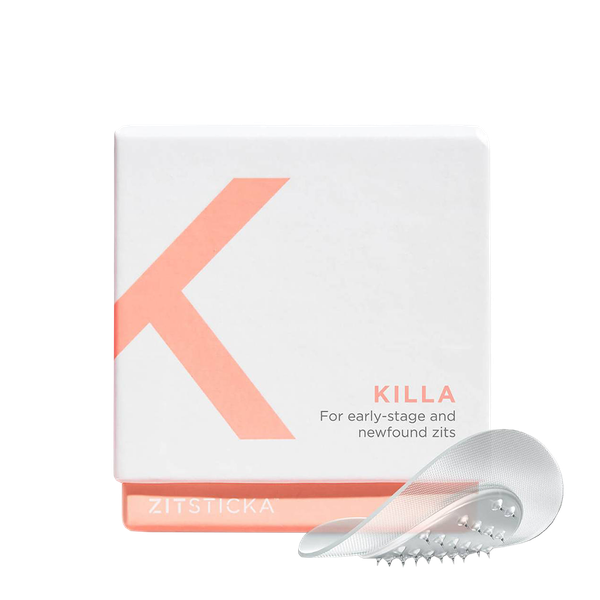
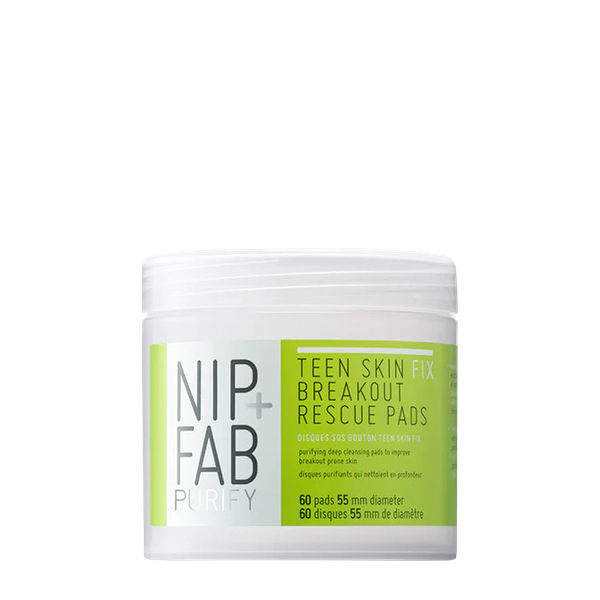

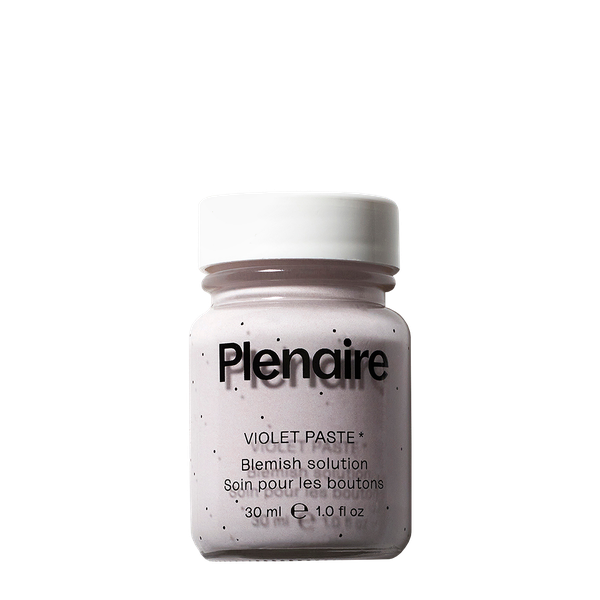
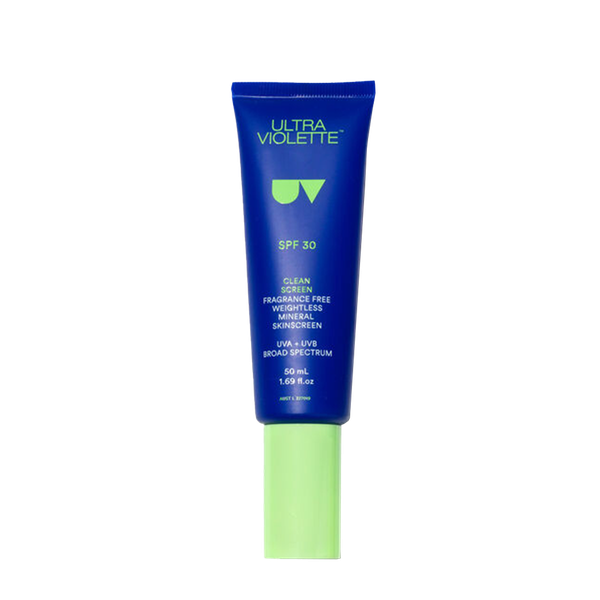
/https%3A%2F%2Fsw18.sheerluxe.com%2Fsites%2Fsheerluxe%2Ffiles%2Fwebsite-images%2F2025%2F04%2Fnew-parenting-background-image.jpg?itok=rRrLkJpg)